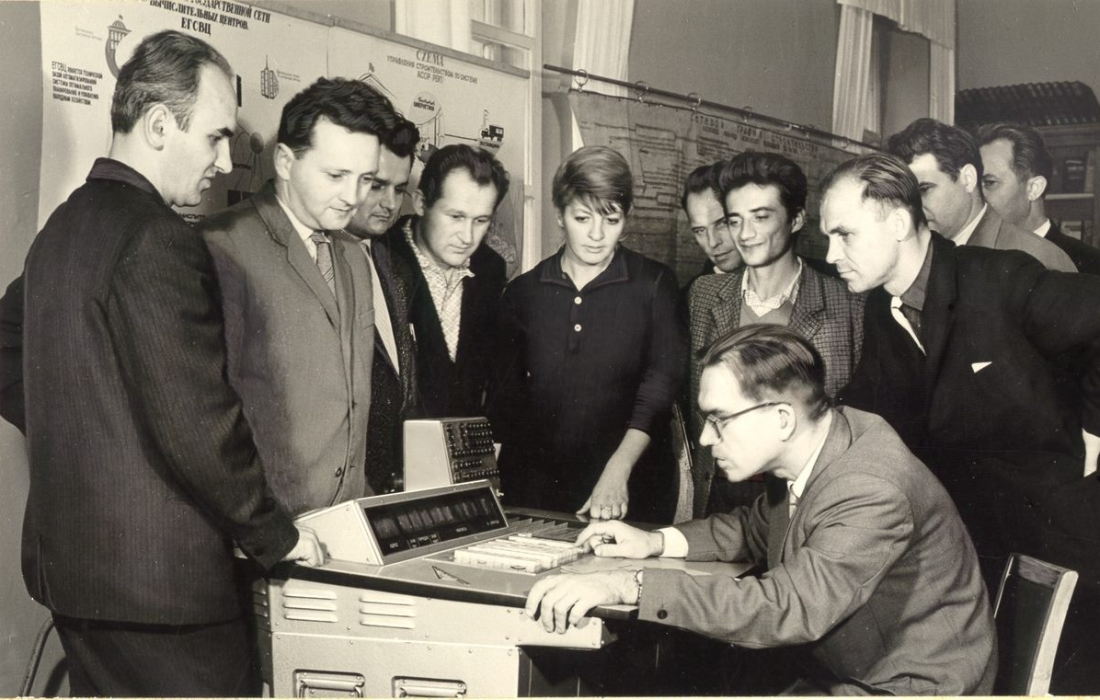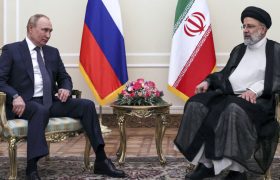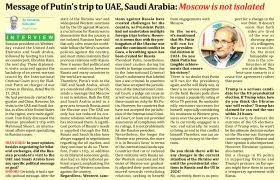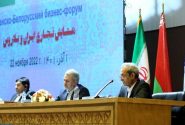By: Saman Kamdar
Preface
This article discusses this project’s purpose and the ups and downs involved in its design process. Questions whose answers will clarify the uncertain shadows of the history of communication and help us to understand more deeply the Soviet understanding of communication, network, Internet, and economic reforms based on the communication network. This article is separated into two parts; in the first part, it discusses on OGAS project and the vision behind it, and in the second part, it will examine the developments of the project and its fate.
Victor Glushkov & the OGAS Project
Perhaps, when the Russian mathematical genius who dreamed of becoming a great physicist one day in his teenage years never thought that his career and life destiny would be tied to a plan that, if it had come to fruition, could give great help to the Soviet Union when it needed structural and fundamental reforms. Victor Mikhailovich Glushkov was born in August 1923; in 1952, after achieving serious success in solving complex mathematical problems proposed by David Hilbert, was able to secure his work position in the Soviet Union. When he was asked about his decision to go to Kyiv and work at Lebedev’s computer center, he answered this critical question by referring to his wife’s wish, who preferred living in the warmer climate of Kyiv rather than Moscow, however, being close to the center was the priority of many politicians and researchers to progress in political and even research dimensions, Glushakov had his ideas and preferred his method over other options, so he entered the computer center in 1956 and from 1962 to the last year of his life, i.e., 1983, he worked as the head of the Institute of Cybernetics. From the beginning of this period, his commission to build computer networks that share information and his subsequent research goals pushed him to generalize his applied innovations further. (Peters 2016, 115-117)
The OGAS project, presented by Glushkov and his team, made its first appearance in 1962 in a letter written to Khrushchev in which he spoke of the need to compete with the United States in the field of cybernetics and information technology. After that, the newspaper Izvestiya wrote an important article about it, and a few months later, the governing committee of the soviet state, started working on a proposal for the economic reform plan carried out by an automated computer network. But, what was the OGAS project? OGAS or All-State Automated system (in russo: Общегосударственная автоматизированная система учёта и обработки информации) was a plan that would network the command economy, automate and optimize the immense coordination problems besetting that economy and speed the grand socialist experiment. In this project, Glushkov tried to theorize relationships between information technology and economic cybernetics, also, The OGAS project for Glushkov represented a vehicle for achieving the whole of his many scalable visions and sought to shape and suit his proposal according to the governing logics of blat and personal politics. In this regard, by 1963, Glushkov reported having visited and observed over a hundred industrial sites and nearly thousands over the next decades, including Kalkhozes and Savkhoses to know how they work to coordinate his project with them. Glushkov wrote in 1962, “cybernetics fits our socialist planned economy like a glove” and it seems the work was fundamentally technocratic and wanted to reduce the influence of the subjective factor in the making of administrative decisions. (Glushkov 1962, 1-3)
The vision behind OGAS & Institutional Landscapes of the OGAS & CEMI in the1960s
The decentralized network was designed to be transmitted, modified, and managed in real-time up, down, and across the network administrative pyramid. This option could help high, and medium-level of workers use time and facilities in a very better way. Besides it, zero-address access from any point, and input information from anywhere let many workers manage and access any sort of data without bureaucratic process which was very Obvious and troublesome in the soviet governance and economic system in that period. OGAS project was no ARPANET that was upheld in the United States; it sought much more than data transfer and communication among scientists. In its initial proposal of OGAS, it would take over thirty years to be fully online and transfer of labor some 300,000 personnel and it cost 20 billion rubles for the first fifteen years.
In 1963 Glushkov’s Institute of Cybernetics and the Central Economic-Mathematical Institute (CEMI) allied to advance the OGAS project. CEMI was based in Moscow and was first proposed by Vasily Nemchinov in 1960 then Nikolai Fedorenko became the director of the institute. According to an interview with Gvrilets, one of the critical members of the CEMI, the early efforts of CEMI to incorporate mathematical methods into optimal planning of the command economy openly sought to merge the best Marxist principles of social justice and planning with capitalist free-market equilibria. (Gavrilets 2008)
By attracting suitable funds from 1963 onwards, these two institutes attracted hundreds of researchers and transformed from regular institutes in the early 1960s to research institutes with large buildings at the end of this decade. They believed that the economy of the USSR could be saved by decentralization with the help of institutions’ programming and projects. By the late 1960s, CEMI had abandoned the OGAS to refocus on efforts on micro-level linear modeling of Soviet factories.
(End of Part I)
*Saman Kamdar Is An Independent Researcher And Expert On Russian & Middle Eastern Affairs. Currently, He is studying and researching on History (with more focus on early modern & Modern) and Migration as a graduate student at the university of Padova, Italy
References
Peters Benjamin. 2016. How Not to Network a Nation: The Uneasy History of the Soviet Internet. Cambridge Massachusetts: MIT Press.
V. Glushkov. 1962, “Kibernetika, progress, budushchee,” Literaturnaya Gazeta, 25, 1–3.
Yuri Gavrilets. 2008. interviewed by Benjamin Peters, CEMI, Moscow.













